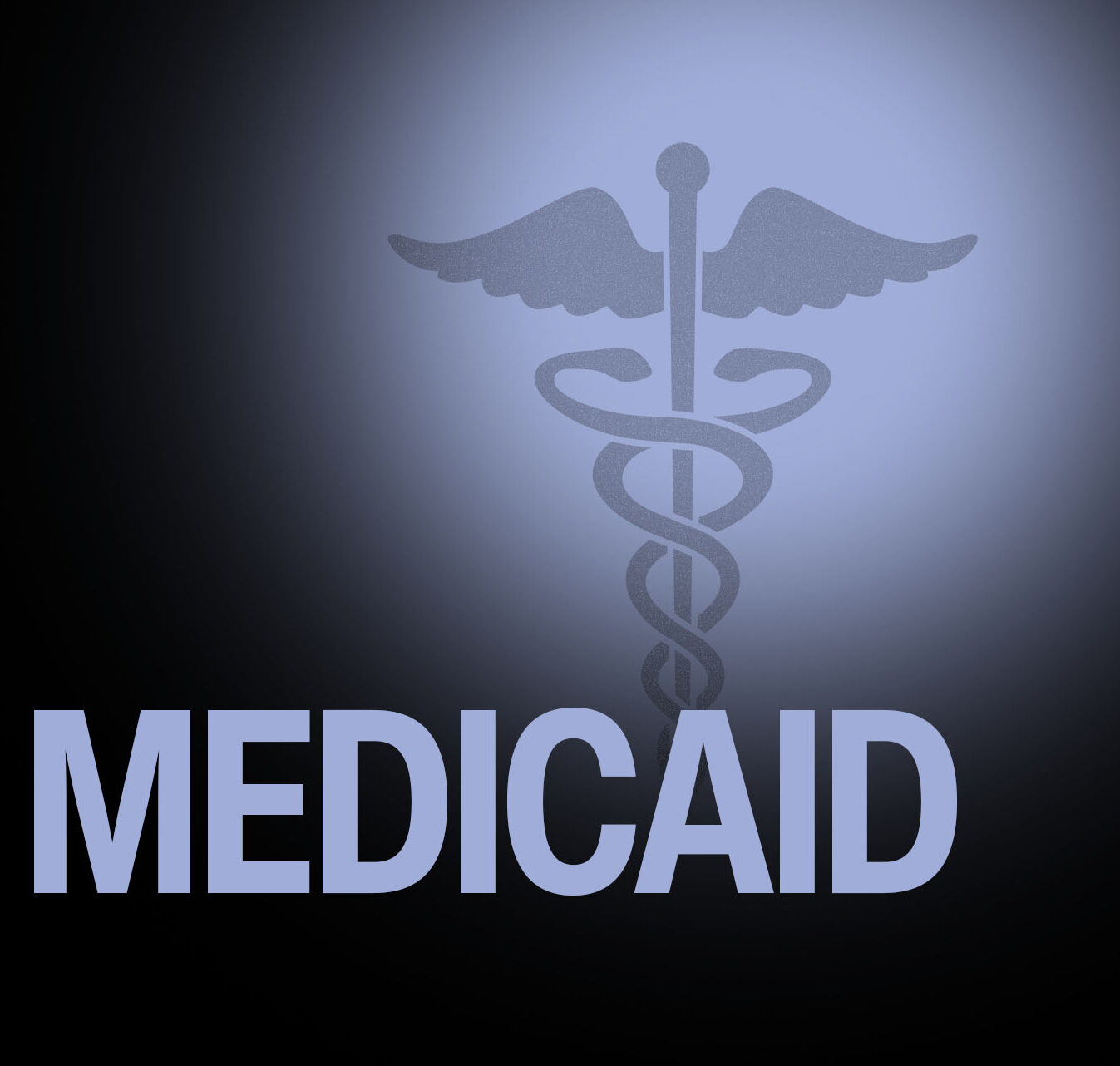Medicaid liens often arise in personal injury cases where the injured party is indigent, and the program has covered the client’s medical expenses. Under federal law, Medicaid programs must recover these expenses from third-party settlements. However, the process is governed by both federal and state laws which are nuanced but protect the Medicaid beneficiary’s rights while allowing Medicaid to recover a portion of its costs.
Medicaid’s Right to Recover
Every state must have laws allowing Medicaid to recover funds for injury-related medical care from settlements or judgments. Federal law mandates that Medicaid recipients assign their right to recover these expenses to the state.
Limitations on Medicaid Recovery
Federal law mandates that states participating in Medicaid must enact third-party liability laws, ensuring that states can recover medical expenses from liable third parties. However, this recovery is limited by the anti-lien provisions of federal law, which places limits on the state’s ability to impose liens on any property of a Medicaid recipient. While the third-party liability provisions required by federal Medicaid law is an exception to the anti-lien provisions, there is a tension between these laws which has led to some key United States Supreme Court decisions related to Medicaid liens.
Key US Supreme Court Medicaid Decisions
- Ahlborn v. Arkansas DHS (2006): In Ahlborn, the Court ruled that Medicaid agencies cannot recover from portions of a settlement designated for non-medical damages, such as pain and suffering or lost wages. This ruling was hailed as a major victory for injury victims, significantly reducing the financial burden of Medicaid liens due to the pro-rata approach the court seemingly sanctioned.
- Wos v. EMA (2013): Reaffirmed Ahlborn in holding that Medicaid can only recover from funds designated for medical expenses, striking down arbitrary state recovery statutes.
- Gallardo v. Marstiller (2022): Expanded Medicaid’s right to recover from both past and future medical expenses in settlements, complicating lien resolution further.
Conclusion
In conclusion, understanding Medicaid’s recovery rights—and the protections offered by cases like Ahlborn and Wos—is crucial for securing fair outcomes for injury victims. Also, the now somewhat changed landscape due to Gallardo is an important consideration. Understanding the limits of Medicaid’s recovery rights, while ensuring compliance with state laws, is essential for maximizing your client’s net recovery. By navigating these complexities and applying pro-rata reductions based on Ahlborn and Wos, you can reduce Medicaid liens and maximize the client’s net settlement.
Working with specialized lien resolution companies can provide essential expertise and prevent costly mistakes when it comes to Medicaid liens. If you want to find out more, contact us today to Partner with Synergy for lien resolution.

